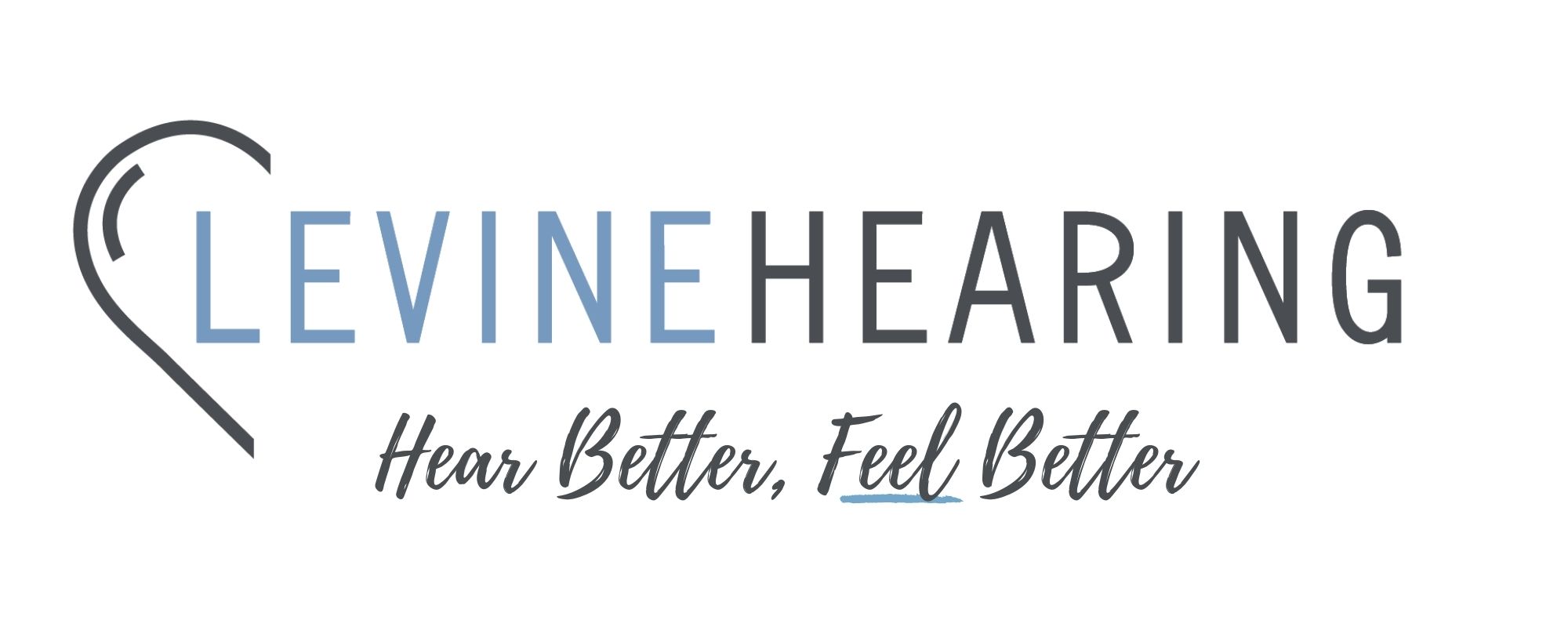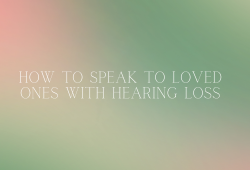We Understand, It’s Not Just In Your Head!
As we have expanded from a hearing aid clinic into an audiology and balance clinic that also includes physical therapy, we’ve come across questions as to what the correlation between our services are. The interesting fact is, our services are all very much interwoven! We bet that if one-hundred random people were asked if they knew how the human body maintains its balance, not many would be able to answer the question correctly. Did you know that there are three systems our bodies use to maintain our head upright, eyes level, spatial awareness, and feet on the ground all while moving? (Baruch, 2020) Well, one of these systems is deep in your ears!
We use a small, but very important, complex system inside our ears as one way to maintain balance and equilibrium. It turns out our ears are not just for hearing! This tiny system is called the Vestibular System, which works with your vision and somatosensory system (neural structures in the brain and body that produce the perception of touch, body position, ect). (Baruch, 2020) These three systems work together, so when one of them is not functioning properly, or is removed from the equation, our world can feel very different.
One easy way to physically understand how your balance is affected when one of these systems is not being used is to stand with your feet together and close your eyes. You will feel a little wobbly when you remove your vision from the equation (this may not be a safe test to try at home, so if you try this, make sure you are in a safe environment and have someone guarding you to prevent injury).
If somehow your vestibular system was insulted due to an infection, head injury, medication, etc. and you’re feeling like your equilibrium is off, don’t worry; It’s not just in your head! You are dizzy and the world around you is spinning and imaging differently, but blood work or other tests come back saying everything is normal. It sounds like it’s time to have that tiny apparatus checked out to see if it is functioning properly.
At Levine Hearing, our services include hearing tests, hearing aids fittings, ear cleanings, tinnitus management, physical therapy, and state of the art neurodiagnostic testing. Our neurodiagnostic test indicates how the vestibular system is working and where problems may arise, unlike imaging studies that show only the anatomy or structures. Once this testing is completed, the audiologist will have a further understanding of what may be causing your symptoms. If there is a disruption in the inner ear or the brainstem, they can appropriately refer you in the correct direction. If your symptoms are caused by inner ear communication with your vision and somatosensory systems, we can refer you in house for our specialized vestibular rehabilitation physical therapist, Dr. Allison Muth.
Vestibular rehabilitation is a specialized type of physical therapy to provide evidence-based exercise programs to alleviate your symptoms (Ilari & Farrell, 2015). The specific exercise based approach is provocative to promote compensation in your brain (Shepard, 1995). Dr. Muth will work with you and create an exercise program that is tailored to your specific needs to get you feeling like yourself again. Some exercises may seem odd, but we also have to remember, we can’t see or physically touch that tiny apparatus inside our ears like we can see a knee after surgery to perform direct exercises on. Research shows the efficacy for them and you will start feeling better.
If you have been struggling with dizziness or imbalance, it is high time to schedule your neurodiagnostic exam and get the process started for your healing journey! Whether it’s a quick maneuver to correct your BPPV, or vestibular rehabilitation, we want to help. Let’s get you feeling back to normal!
By Dr. Allison Muth, PT, DPT, AIB-VR/CON
References
1. Baruch, K. (2020, June 18). 3 Balance Systems. Ascend Physical Therapy. Retrieved April 19, 2023, from https://www.ascendpt.net/post/3-balance-systems
2. Ilari, K., & Farrell, L. (2015). View This Section’s Articles – Vestibular Rehabilitation Therapy (VRT). Vestibular Disorders Association. Retrieved April 19, 2023, from https://vestibular.org/article/diagnosis-treatment/treatments/vestibular-rehabilitation-therapy-vrt/
3. Shepard NT, Telian SA. Programmatic vestibular rehabilitation. Otolaryngol Head Neck Surg; 1995: 112(1):173-182.





